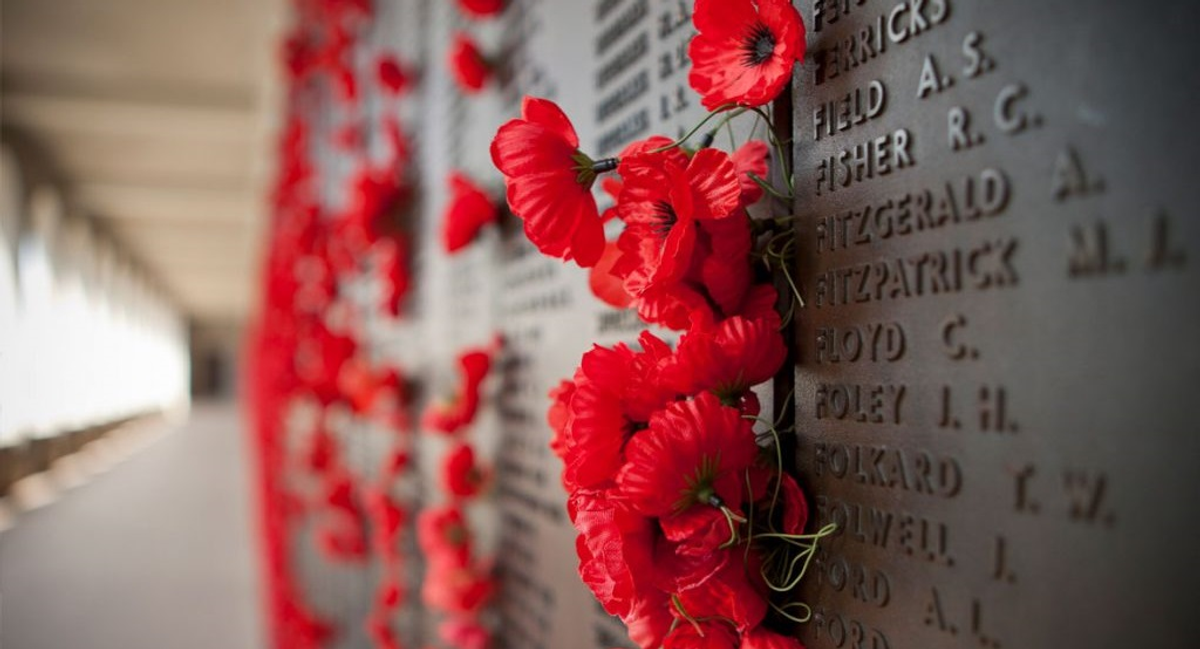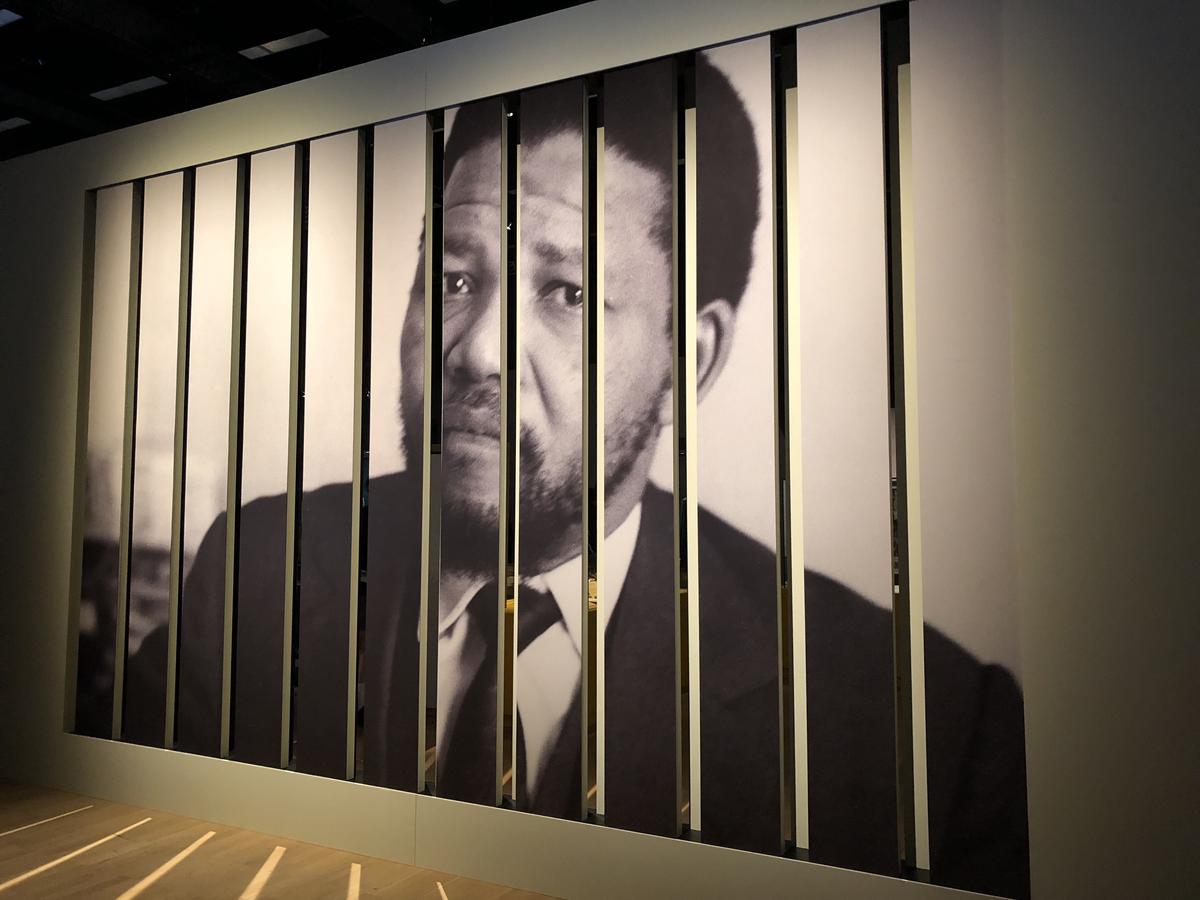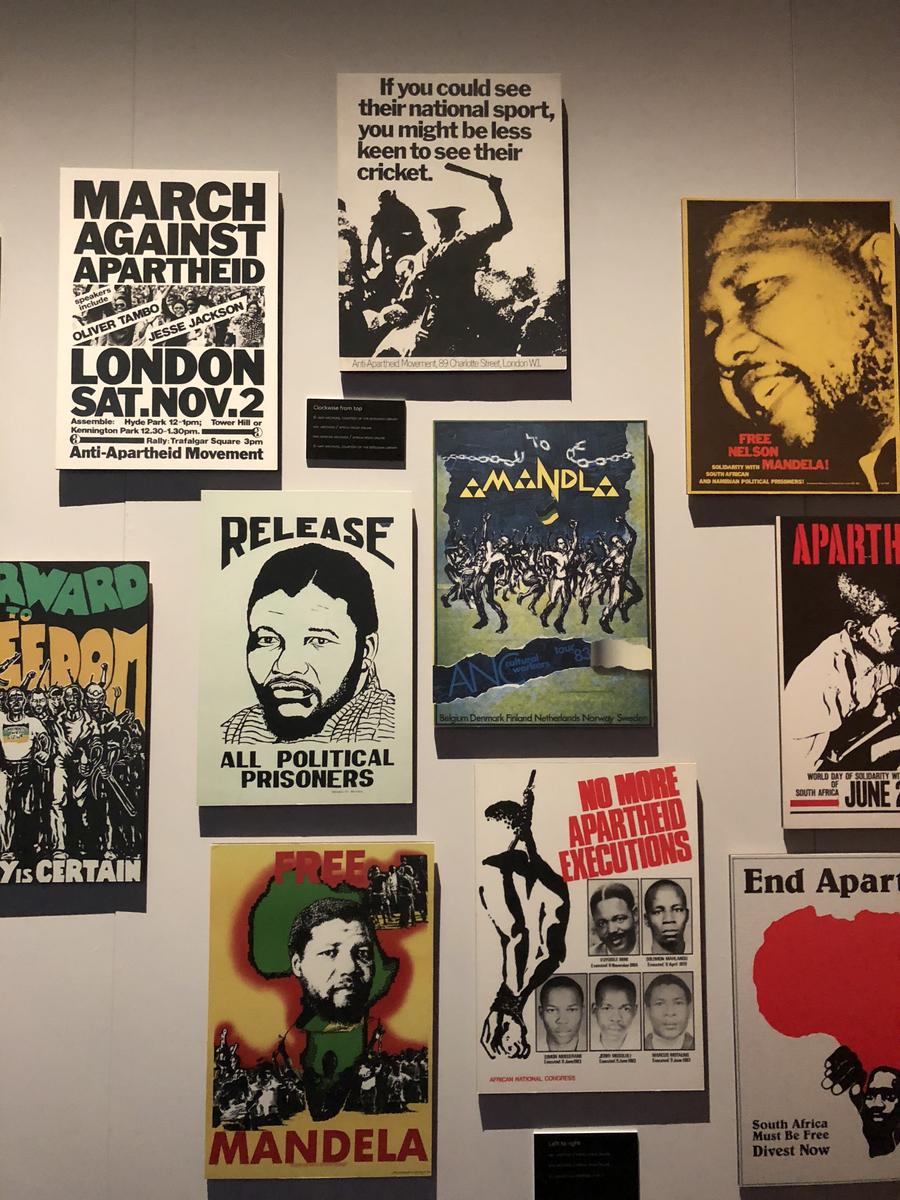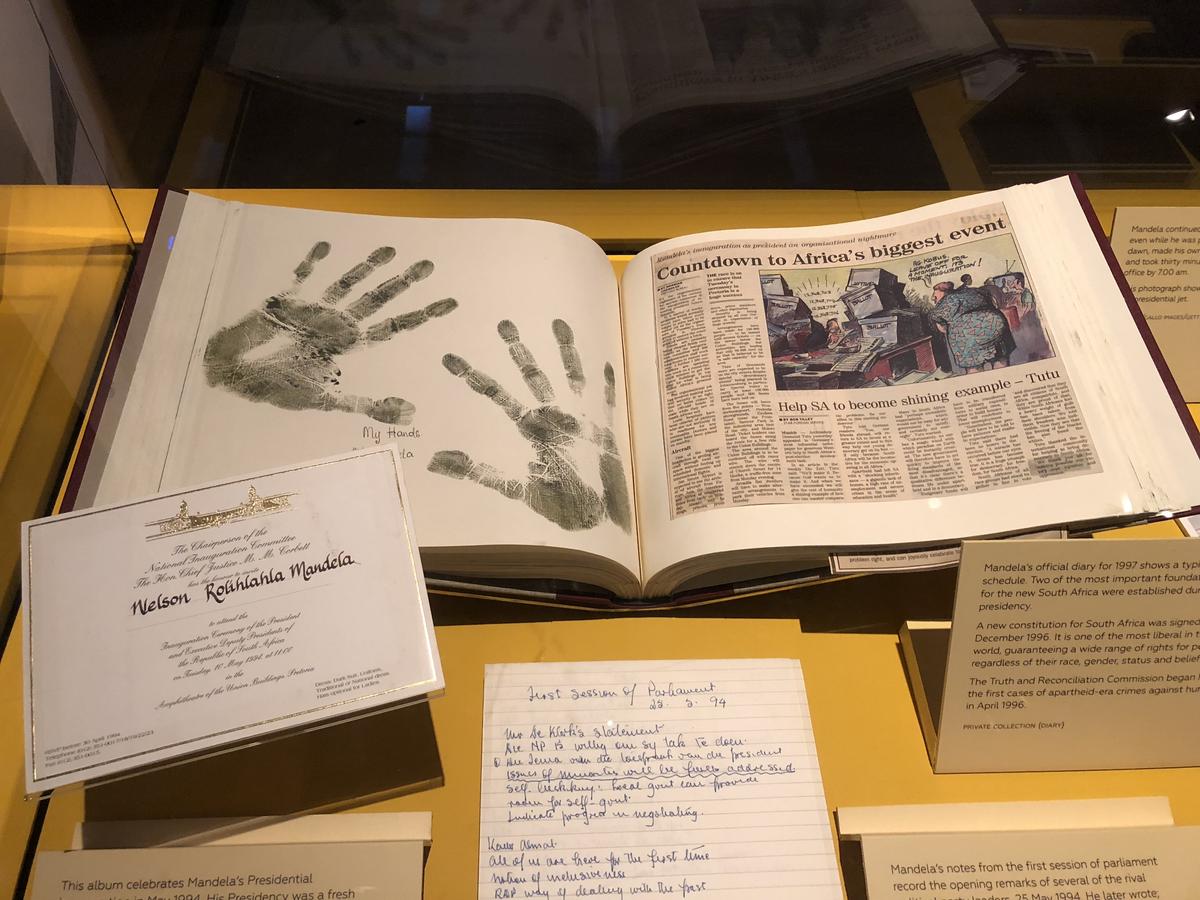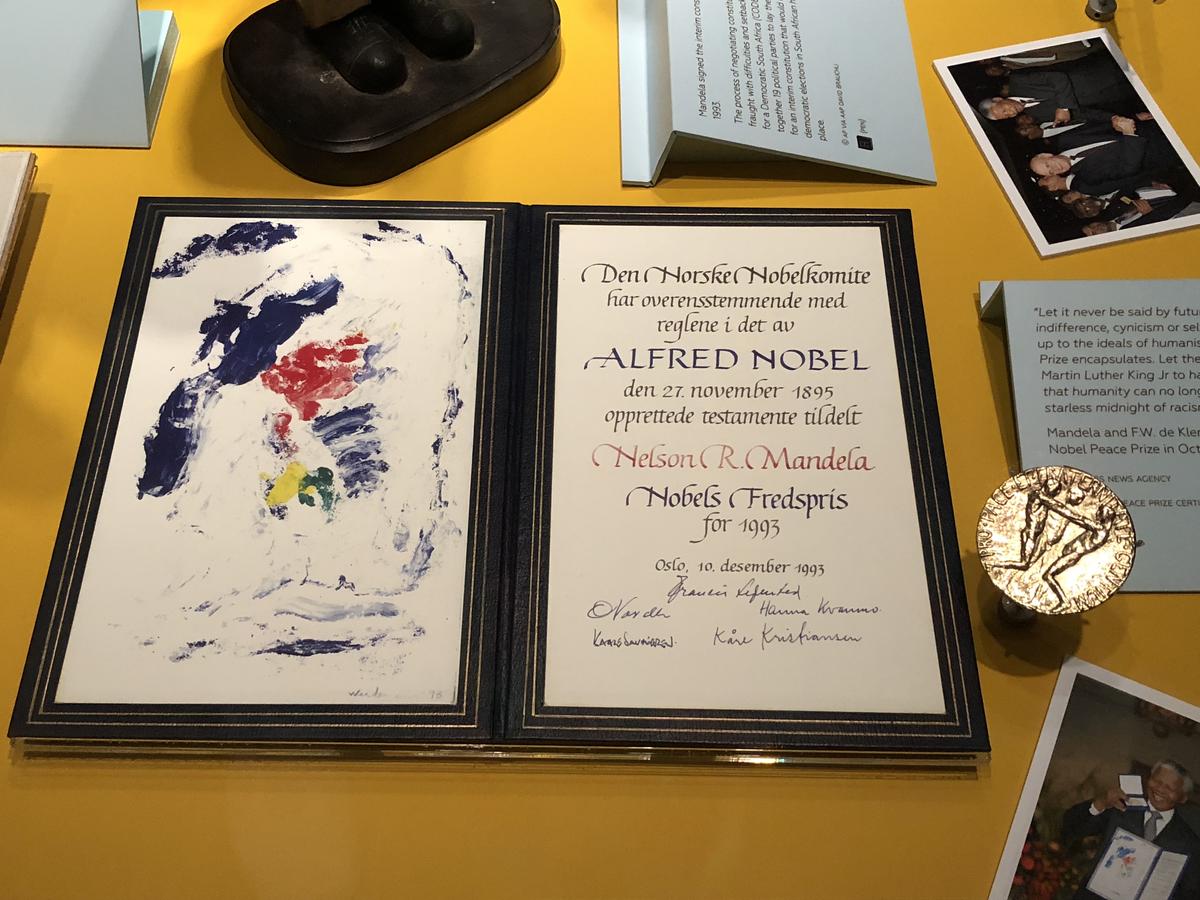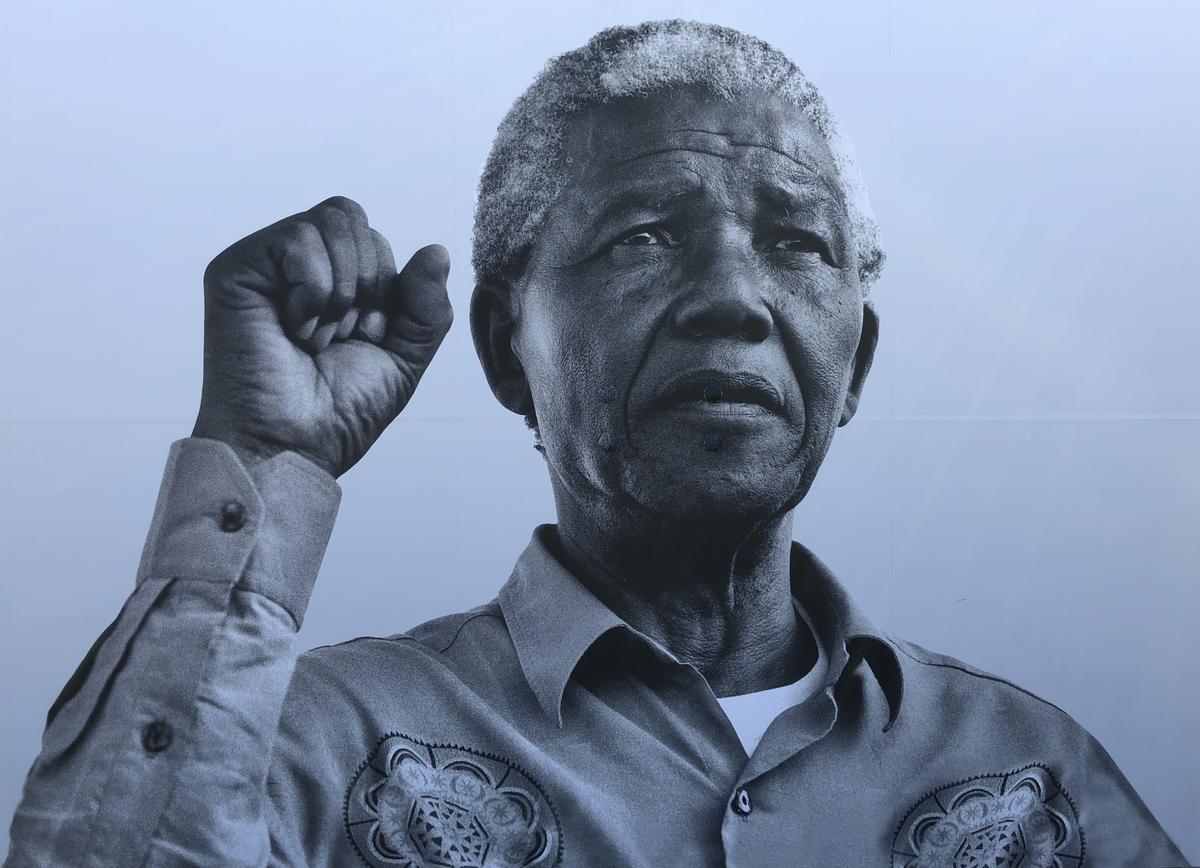HUMANITIES

Remembrance Day Event
Lilydale High School
In conjunction with ARK Theatre, the Lilydale RSL would like to invite the local community to attend a commemorative event at Lilydale High School.
From 2 pm on Sunday 11 November, the RSL will be remembering the men and women of the Yarra Valley who served our nation during the First World War both overseas and on the homefront.
Lilydale High School will also be presenting a re-enactment of events showing when the local community was informed of the armistice by resident Dame Nellie Melba.
A grant was provided by the school thanks to the Department of Veteran Affairs and Kristy Mays’ 9 History class, have been instrumental in recreating the events.
Tickets to the event are available on TRYBOOKING for $5. The cost of which, will be donated to the Seville War Memorial.
Remembrance Day
Poppy badges, wristbands and pens are available for purchase from Ms Mays in Staffroom 2.
All of the proceeds go to supporting the support of the local veteran community.
Kristy Mays
VCE Humanities Teacher
Mandela My Life:
The Official Exhibition
Students studying Twentieth Century History in Year 11 have been studying the anti-Apartheid movement in South Africa and were fortunate to attend the Melbourne Museums fabulous exhibition on Nelson Mandela.
The exhibition has excerpts of speeches, artefacts such as his Nobel Peace Prize certificate, photographs and more.
It is a very moving tribute to a man who was jailed for 27 years and then became the President of his nation.
I would encourage all students and their families to attend and to witness the inspirational impact Mandela had on South Africa and indeed the world.
Student Reflections
Jaz B: On 25 October 2018, the Year 11 History students attended the Nelson Mandela exhibition at the Melbourne Museum. The exhibition was a reflection of Mandela’s life in large detail and the challenges he overcome. This exhibition featured videos and artefacts from his life.
Tayla S: The exhibition reflected Mandela’s life in high detail, consisting of both personal life and political life aspects. Inside the first room was a presentation, the words of one of Nelson Mandela’s speeches displayed up on the screen, whilst his voice played in the background.
Joel C: One of the things that stood out for me were the phones which represented the amount of people who left thank you messages after Mandela passed. It showed just how many were affected by his life and the influence he left on the world.
Brad P: Some of the most interesting information was that regarding Mandela’s tribal connections.
Ethan G: My personal favourite was reading facts about his culture and his upbringing as a boy and what it took to become a man.
Jacob O: The most interesting thing I learnt at the exhibition was that in Mandela’s tribe, when they were sixteen, they all had to sit on a blanket and become circumcised. The quieter they were, the more they were regarded as a man. This showed how tough Mandela must’ve been.
Daniel S: The official Mandela exhibition did commemorate, illuminate and most importantly share Nelson Mandela’s living legacy with the world.
Jay K: Walking through the exhibition was a real eye opener, telling us many things we didn’t know before and giving us a real insight into what an influential man Mandela was and how he changed South Africa.
Renae F: As we walked into the exhibition, the projection of Nelson Mandela’s trial was moving, as his points of various points where the white minority oppresses the back majority, images show up on the side. The connection between his trial and the images are very horrific, and set up the display for what would come ahead.
Nat W: I found that the most interesting part of the museum was how Mandela was treated while he was in prison. He would be taunted with newspaper articles about his wife and was very rarely able to see his family.
Aiden H: We learnt about how he was prepared to die for his cause and for his people. There were a lot of documents and things relating to how he went on to be a huge civil rights activist.
Brent S: The exhibit had extensive knowledge on Mandela and his struggles as a young Xhosa-born boy and as an avid fighter against apartheid later in his life
Lachlan J: The letters that were at the exhibition were a good way to see how Mandela thought and to see just how good a writer/spokesperson he was.
Rachel B: The other thing that I didn’t know about his life, was that he had three wives and between them, he had five kids, but unfortunately one died when he was in prison. The whole day was very interesting and I loved the fact that I learnt new things about Nelson Mandela.
Kiara M: It was inspirational to see the masses of letters he had written whilst in police custody. It was tragic and moving to hear the personal commemorations to Mandela following his death
Alyssa B: There was a series of rooms that detailed Mandela’s time spent in prison after being arrested for conspiring to overthrow the state. These rooms showed the horrible conditions Mandela and other inmates endured and the impacts imprisonment had on his family.
Jarrod E: Mandela didn't have an English name and the name Nelson Mandela [was given to him and] has stuck with him since.
Matt D: I saw that there was a lot of genuine Mandela papers stating much of what he believed and thought during his time fighting for freedom. During his trial for treason, he wrote a lot on the topic.
Riley S: Reading about apartheid and seeing how it personally affected Mandela,and to be able to rise above it all, was a truly inspiring story that took me by surprise.
Tasha M: It goes into great detail of his political life and his involvement in the ANC, along with his personal life. He had three wives and five children total, who also followed in his footsteps, fighting against apartheid.
Connor W: The one thing that stood out, was the video where Mandela himself stood in a bulletproof glass box, while making his first speech as president, as the likelihood of violent retaliation, due to his role as the highest politician in South African was very likely.
Ty: The rooms explored his personal life and such things as when he met his wife and that he was very good at boxing.
Kristy Mays
VCE Humanities Teacher

